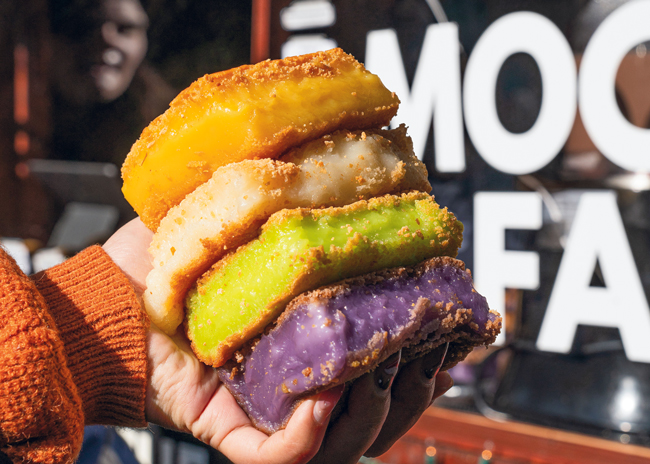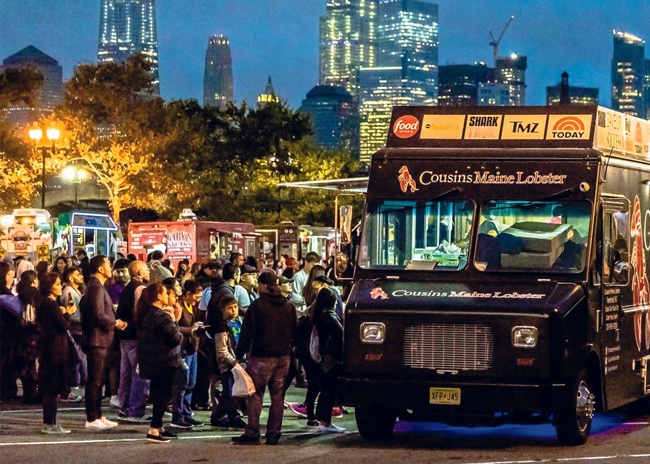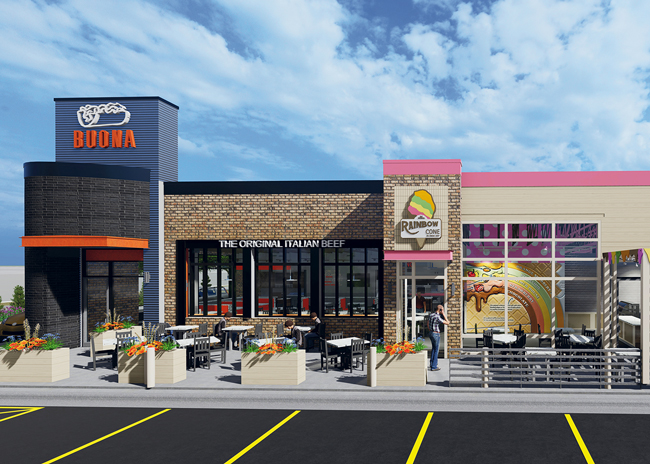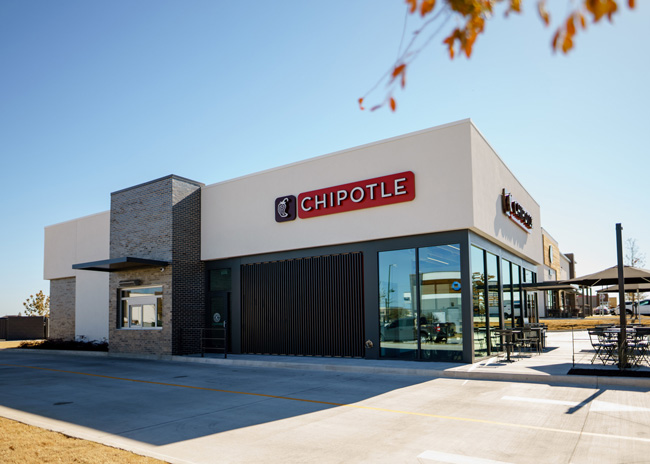Designing & Equipping High-End Properties
Whether you’re talking about the expected (resorts, private clubs, hotels) or unexpected (eatertainment, anyone?), the term “high-end” becomes a common way to describe a variety of properties these days. But just because a place calls itself “high-end,” doesn’t make it so.
Nothing Too Fishy
Today’s seafood segment is focusing on sustainability, seasonality and customer education.
Sushi for All
This music-themed concept is succeeding by making sushi, which is often considered niche, accessible to everyone.
Building Community at Ober Dining Hall
The dining operation in the Schwitzer Student Center at the University of Indianapolis (UIndy) had become outdated. “The dining space was enclosed by walls and a few windows,” says Amy Dugan, resident district manager and general manager at UIndy for Quest Food Management Services. “The seating area was only accessible to people buying food in the dining area.”
Serveries Offer Options
Successful servery designs rely on layouts that enhance flexibility, handle high volume, provide accessibility and highlight aesthetics.
QSRs Aim to Meet Consumers Where They Are
This segment adapts as consumer habits change.
Mobile Ordering is on the Rise in Drive-Thrus
A previous blog about AI order-taking in drive-thru explored the impact that it could have on labor.
What’s the Runway for Airport Restaurants?
How are consumers reacting to higher restaurant prices? Which chain is mulling its financial options? How is Firehouse Subs spicing up its guest experience? Answers to these questions and more This Week in Foodservice.













